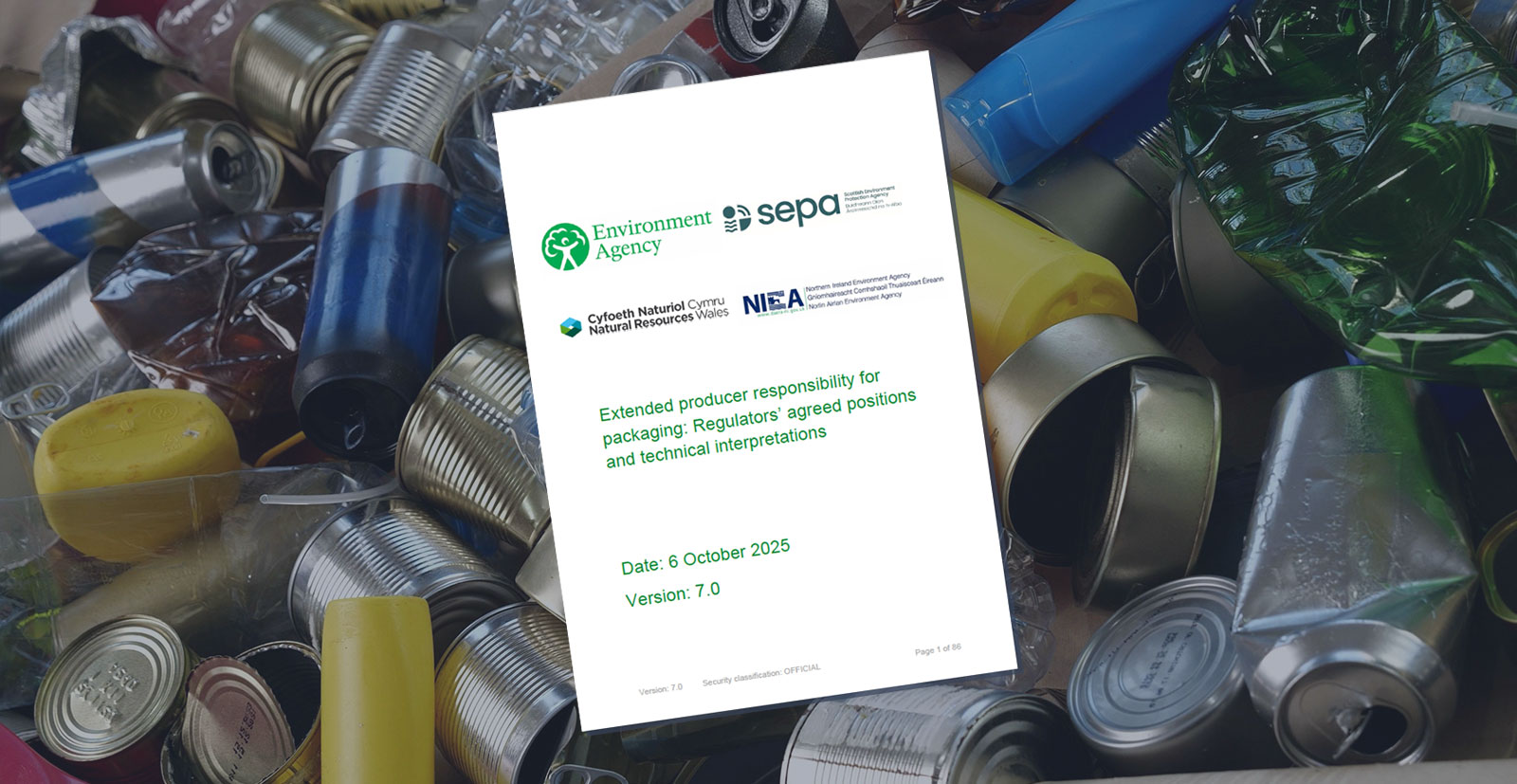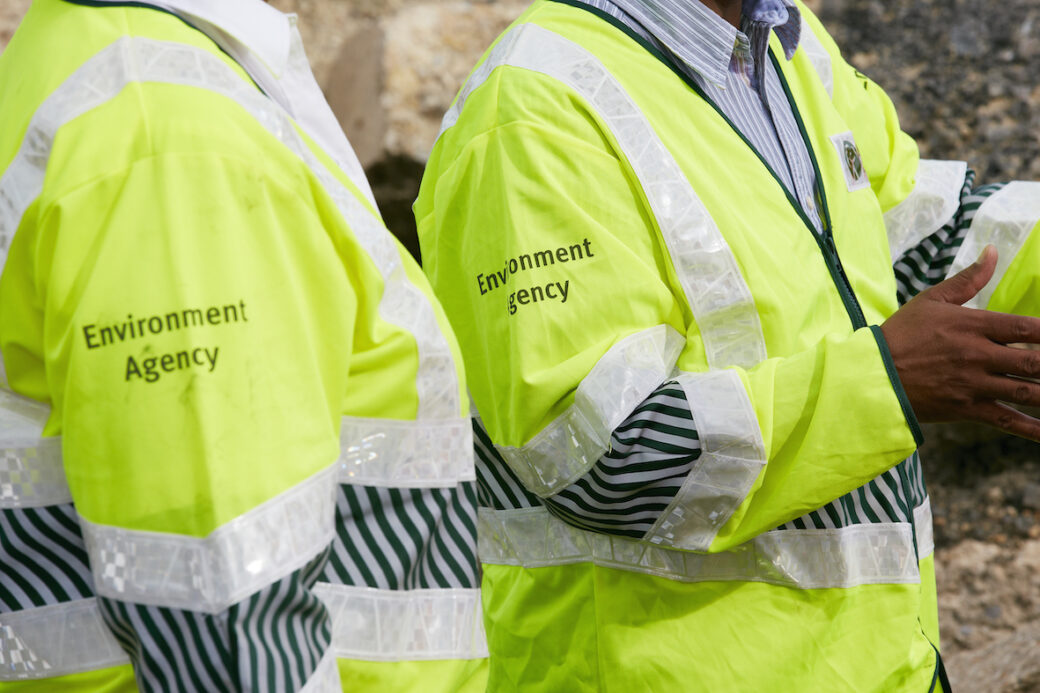The UK environmental regulators have released Version 7 of the Regulators’ Agreed Positions and Technical Interpretations for Extended Producer Responsibility (EPR) for packaging.
The updated guidance, published jointly by the Environment Agency, Natural Resources Wales, SEPA and NIEA on 6 October 2025, provides further clarity on several key definitions and reporting requirements ahead of the 2026 obligation year.




